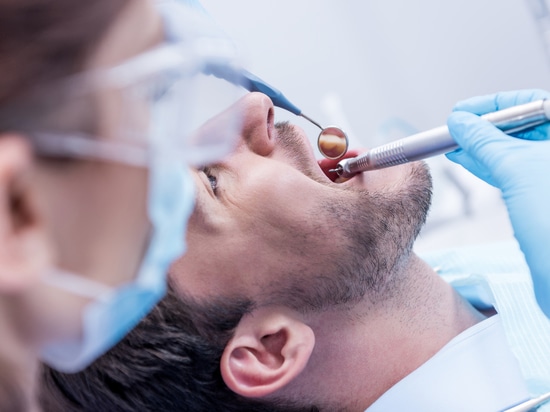
#Product Trends
Features of ergonomic dental chairs
How to pick the right one for you that will prevent discomfort or pain?
When mulling over the purchase of a patient chair at an exhibit hall, what is the first thing most dentists do? Lie in the chair. Naturally, you want your patient to be comfortable.
However, when we compare how many hours a year the average patient spends reclined in a dental chair (several hours), with the time you spend hovering over the oral cavity (over 2000 hours), who is really at risk of developing discomfort or pain?
International dental literature shows that about 65 % of dentists, that means 2 out of every 3 dentists, have musculoskeletal complaints which vary in severity, but involve one or more of the following: discomfort, pain, hindrance in functioning and loss of working time. The risk of disability, whether partial or complete, because of either physical factors alone or a combination of mental and physical factors, is considerable.
Lots of dental chairs are made for the patient’s comfort: luxuriously cushy with wide, roomy armrests. As the problem of work-related pain and injuries among dentists is very important, Ancar and other manufacturers are focusing on ergonomic features of patient chairs. But what, exactly, are desirable ‘ergonomic features’?
When considering patient chair ergonomics, desirable features should facilitate neutral posture of the spine, shoulder, elbow and wrist, maintain proper body mechanics, and limit excessive reaching. We often observe dentists having difficulty gaining close proximity to the oral cavity while maintaining neutral posture. If the patient chair does not allow close operator positioning, the dentist is forced to either reach excessively forward with the entire arm or bend the trunk forward. Both place the operator at risk for injury.
Here are the top four ergonomic chair features you should consider:
1) Small, thin headrests
These headrests allow for greater legroom, and closer accessibility. Double-articulating headrests allow the most flexibility in patient positioning. Angling the double articulating headrest steeply downward when treating the upper arch has significant ramifications for improving the operator’s posture!
2) Narrow upper backrests
Narrow backrests allow closer positioning to the oral cavity, especially in the nine to 10 o’clock positions. A narrow backrest can also greatly improve the assistant’s posture by allowing closer positioning.
3) Chair height adjustment
Chair height adjustment should go low enough to allow the operator to work with relaxed arm posture. Some patient chairs don’t adjust low enough, so when working on the lower arch in the semi-supine position, shorter operators are forced to either sit on the front edge of their chair or elevate their arms. The chair should also adjust high enough, so the dentist has the option to comfortably stand for extractions, exams or impression-making without bending forward.
4) Other desirable features are:
Flexible, long instrument hose – That way you don’t have to re-position yourself or pull too hard or put too much strain on your wrist and fingers to hold the instrument into place. When working with the typical whip delivery system, a 3-D movement of the instrument holders can come in very handy.Position memories of the chair – choose a chair where you don’t have to adjust the height and position of the chair every manually but that has pre-programmed (memory) chair positions.
Chairs with vertical elevation – The empty space under the chair, as it is hanging from the hydric box, allows you to get closer to the mouth of the patient as there are no obstacles. It allows a better or free position of the operating stool. Just like the Ancar Series 5 range.
Should you be considering to buy a dental chair, take a look at the newest Ancar dental ranges: from Series 1 to 7, you will certainly find what you are looking for.
For more information: www.ancar-online.com.




